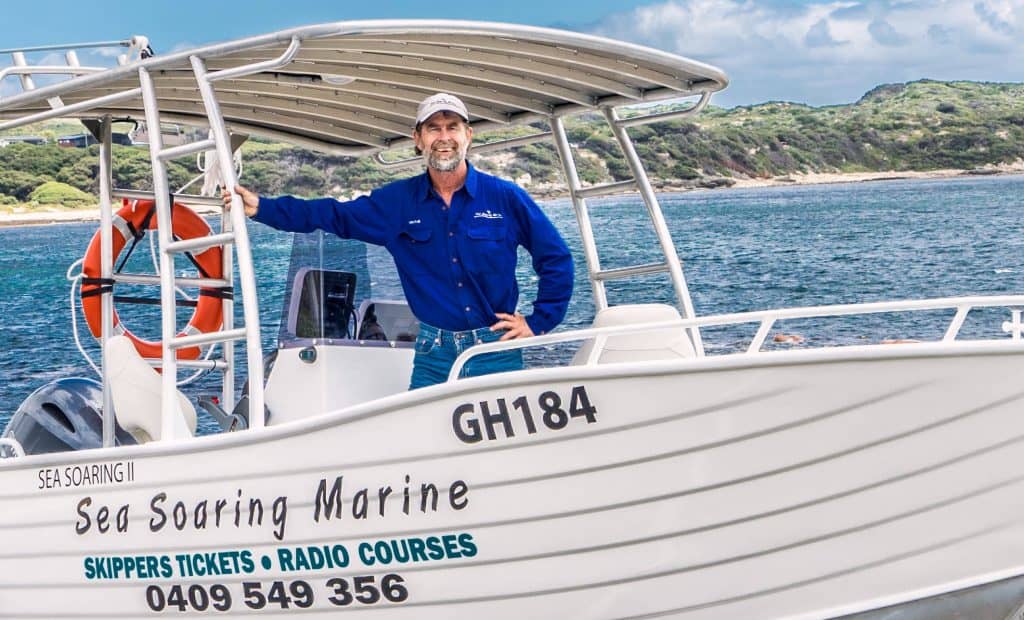MARINE PARK COMPLIANCE
I have long been a supporter of Marine Parks, including the introduction of ‘no take’ zones, as sea life and habitats come under ongoing pressure from population increase, industry and changes in climate. However, if State and Federal Governments are genuine about these initiatives, ongoing resources must be provided for public awareness programs, maintenance and compliance issues. If people continue to fish in no go zones, either due to ignorance, minimal public awareness programs or because there is little chance of them being caught, then you will quickly lose support of the general population. Logistically, monitoring marine park boundaries is a difficult process. Fisheries can check you at the boat ramp to ensure you have abided by bag, size and boat limits, but Parks and Wildlife Officers can’t determine where you were fishing unless they actually catch you in the act. So let’s hope the Government provides the staffing and vessels required to enable this to occur. The suggestion that the public can assist in monitoring is fraught with danger. It could be a bit like stepping in to break up an altercation and being on the receiving end. If you are well informed, politely advising others of the correct rules or no take boundaries might be fine, but as for taking photos and ‘dobbing’ them into authorities, that’s a big step and not something I would be comfortable with.
So what can we do in our own backyard to support this process? I recently carried out some research on both the Gnari Capes Marine Park and Federal South West Marine Park boundaries and special thanks to Fiona Graham, the Gnari Capes Marine Park Coordinator, for always being available to answer questions and clarify issues.
If you are a shore based fisho or diver, some no take zones allow fishing activities along the shoreline and one way to check this out is by the interactive map at http://www.fish.wa.gov.au/Sustainability-and-Environment/Aquatic-Biodiversity/Marine-Protected-Areas/Pages/Ngari-Capes-Marine-Park.aspx Sorry about the long title. Just Google Gnari Capes Interactive map and it will bob up. For more serious fishers, this map also allows you to click on the lat/long of each boundary. Another way to access the coordinates is by going to the WAFIC site and searching Gnari Capes also. Whilst manually entering these into your GPS system can be a bit tedious, you may well discover, as Jim Nilsson and I did, that there are fishing spots you now need to avoid that were previously favorite fishing grounds. Anyone having trouble with this option, flick me an email and I will send you the lat/longs. Next option is to download the Recfishwest Marine Park App on your phone. If you have all your phone settings allowing position info, this will not only bring up all the state and federal marine park zones, but show your current position in relation to the zones and one simple push on the zone will highlight what the permitted activities are. For most of us, simplest of all would be for both Navionics and C-Chart to provide a SD card update that shows all the zones and boundaries overlayed onto your GPS system. Navionics has actually done this, but after I paid $180 for the update, I found out that they had rotated the Cape Leeuwin no go zone boundary by 90 degrees, making it incorrect. So my best advice is go for the Recfishwest app or manually input the coordinates into your GPS or wait for Navionics and C-Chart to update all their data in the near future. See you on the water!

